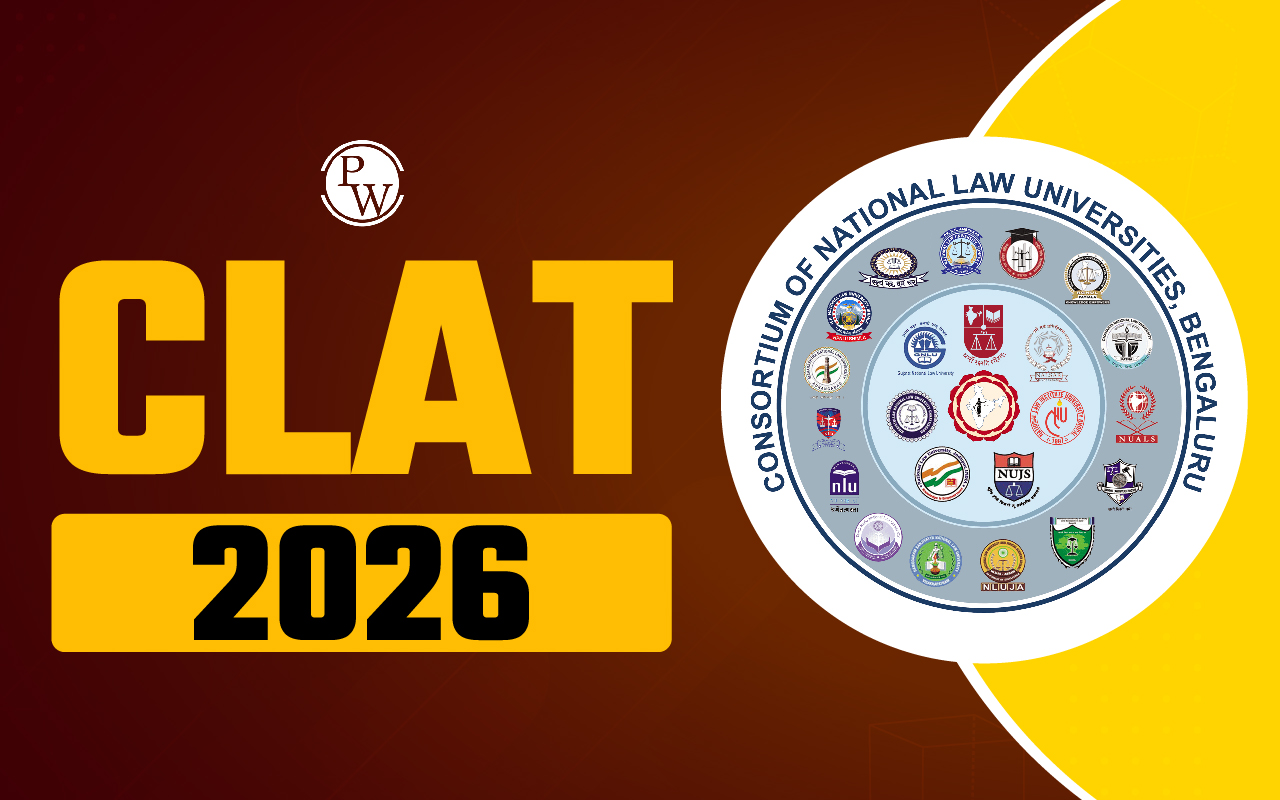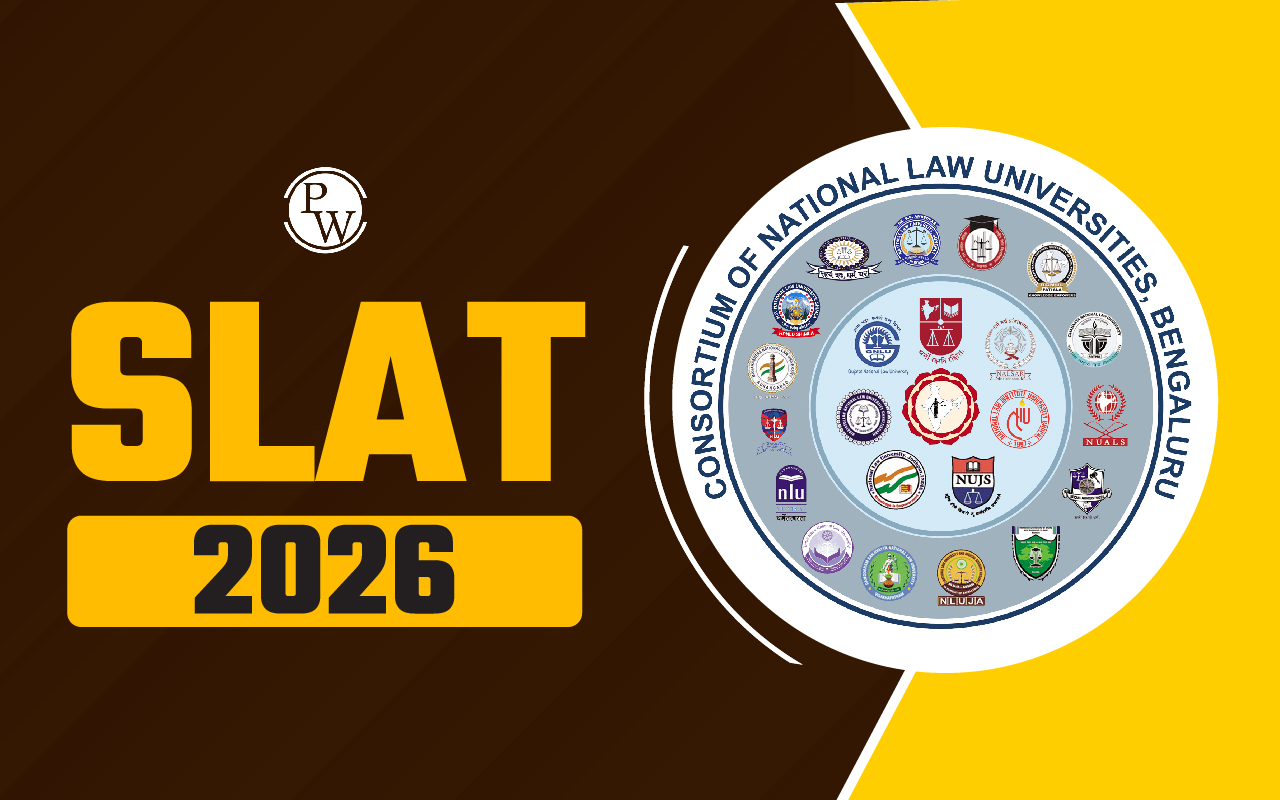
Indian Constitution FAQs
Who write the Constitution of India?
Dr. B.R. Ambedkar, the head of the group that wrote the Constitution, is like the main planner of the Indian rulebook. This rulebook is like a big plan that helps run the country. It takes into account India's special mix of people with different backgrounds, traditions, and beliefs.
How many laws are there in Indian Constitution?
India has the lengthiest rulebook among countries – it's called the Constitution, and it's pretty big! It has 470 articles, 12 schedules, and 105 changes have been made to it. Oh, and it's made up of a whopping 117,369 words. Also, when it comes to personal laws, things can get a bit tangled because each religion follows its own set of rules.
Is there 470 articles in Indian Constitution?
The Indian Constitution is super long, with about 470 articles in 25 parts, 12 schedules, and 105 changes (as of October 2022). The Preamble is like the heart and soul of the constitution. Before, the Indian Constitution had 395 articles and 22 parts.
Who is the father of Indian Constitution?
Dr. Bhimrao Ambedkar is called the father of the Indian Constitution. On August 29, 1947, a group called the Constituent Assembly created a special team to write down the rules of the Constitution. Dr. Ambedkar was the leader of this team, known as the Drafting Committee.
Who is called father of constitution?
Dr. Bhimrao Ramji Ambedkar is called the father of the Indian Constitution. At that time, he was the Law Minister and presented the last version of the Constitution to the Constituent Assembly.
Talk to a counsellorHave doubts? Our support team will be happy to assist you!

Free Learning Resources
PW Books
Notes (Class 10-12)
PW Study Materials
Notes (Class 6-9)
Ncert Solutions
Govt Exams
Class 6th to 12th Online Courses
Govt Job Exams Courses
UPSC Coaching
Defence Exam Coaching
Gate Exam Coaching
Other Exams
Know about Physics Wallah
Physics Wallah is an Indian edtech platform that provides accessible & comprehensive learning experiences to students from Class 6th to postgraduate level. We also provide extensive NCERT solutions, sample paper, NEET, JEE Mains, BITSAT previous year papers & more such resources to students. Physics Wallah also caters to over 3.5 million registered students and over 78 lakh+ Youtube subscribers with 4.8 rating on its app.
We Stand Out because
We provide students with intensive courses with India’s qualified & experienced faculties & mentors. PW strives to make the learning experience comprehensive and accessible for students of all sections of society. We believe in empowering every single student who couldn't dream of a good career in engineering and medical field earlier.
Our Key Focus Areas
Physics Wallah's main focus is to make the learning experience as economical as possible for all students. With our affordable courses like Lakshya, Udaan and Arjuna and many others, we have been able to provide a platform for lakhs of aspirants. From providing Chemistry, Maths, Physics formula to giving e-books of eminent authors like RD Sharma, RS Aggarwal and Lakhmir Singh, PW focuses on every single student's need for preparation.
What Makes Us Different
Physics Wallah strives to develop a comprehensive pedagogical structure for students, where they get a state-of-the-art learning experience with study material and resources. Apart from catering students preparing for JEE Mains and NEET, PW also provides study material for each state board like Uttar Pradesh, Bihar, and others
Copyright © 2025 Physicswallah Limited All rights reserved.
Get App








